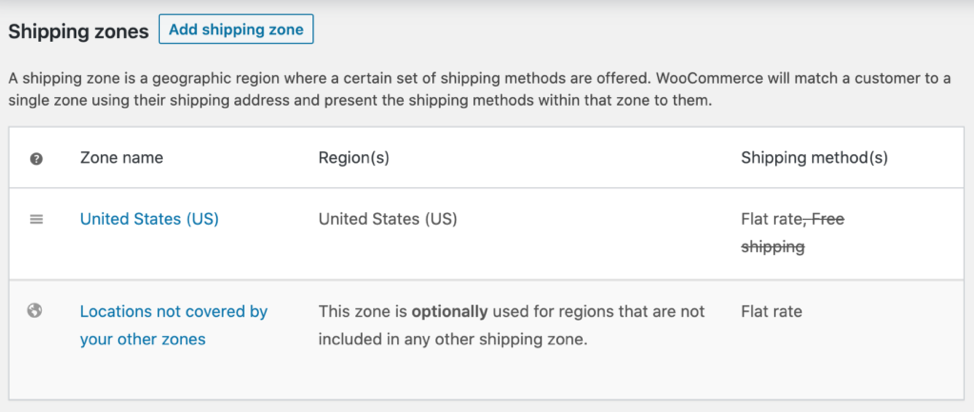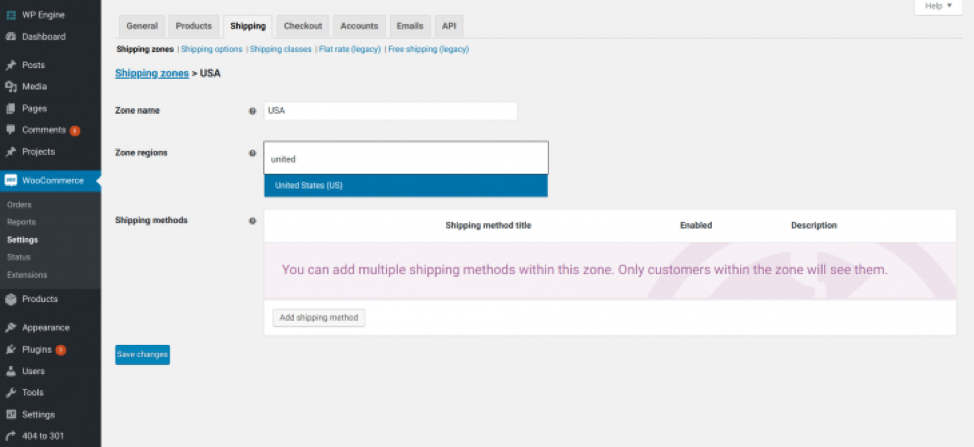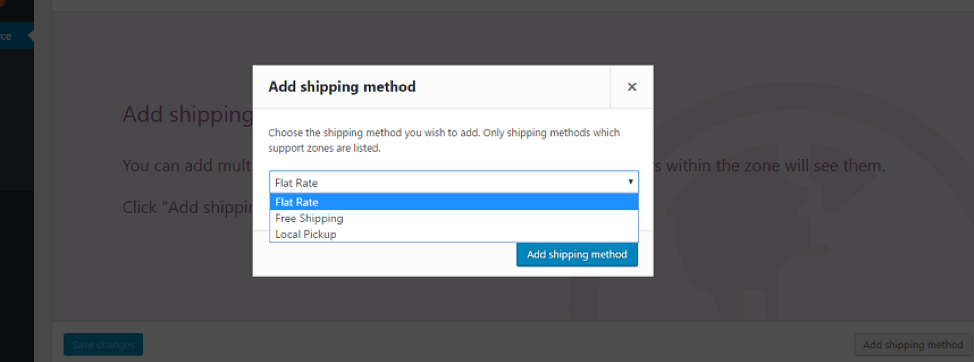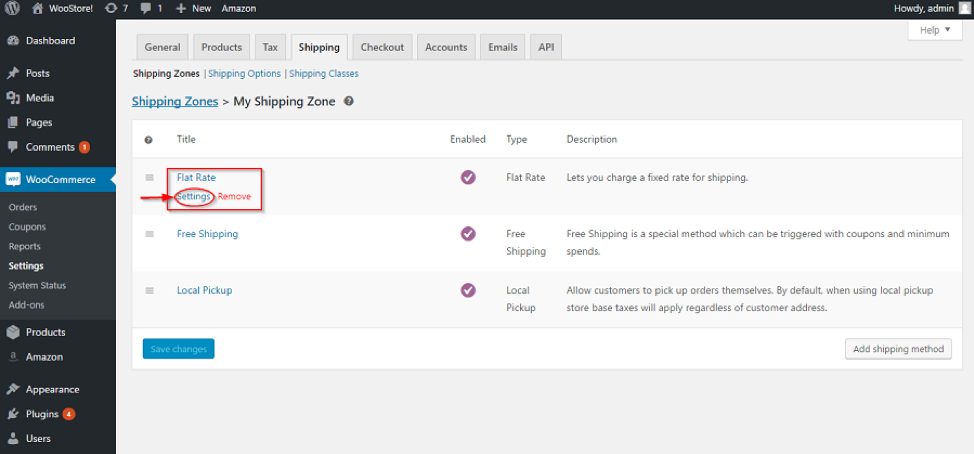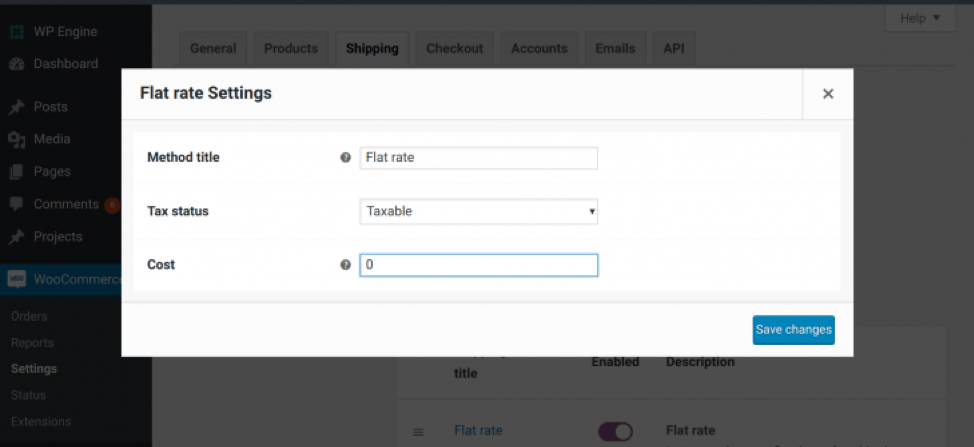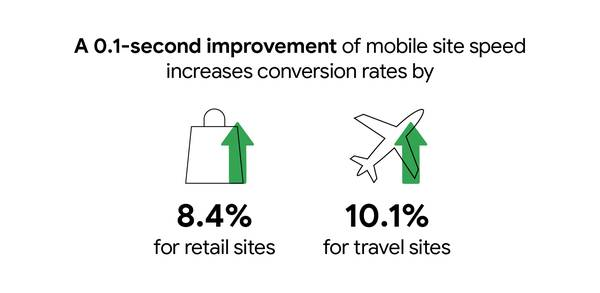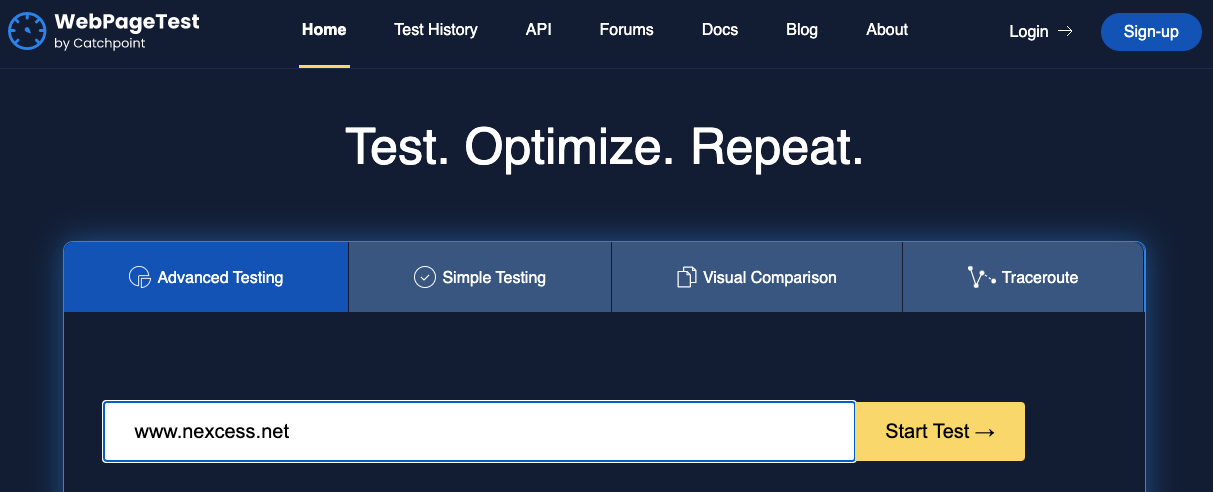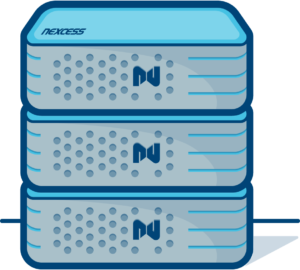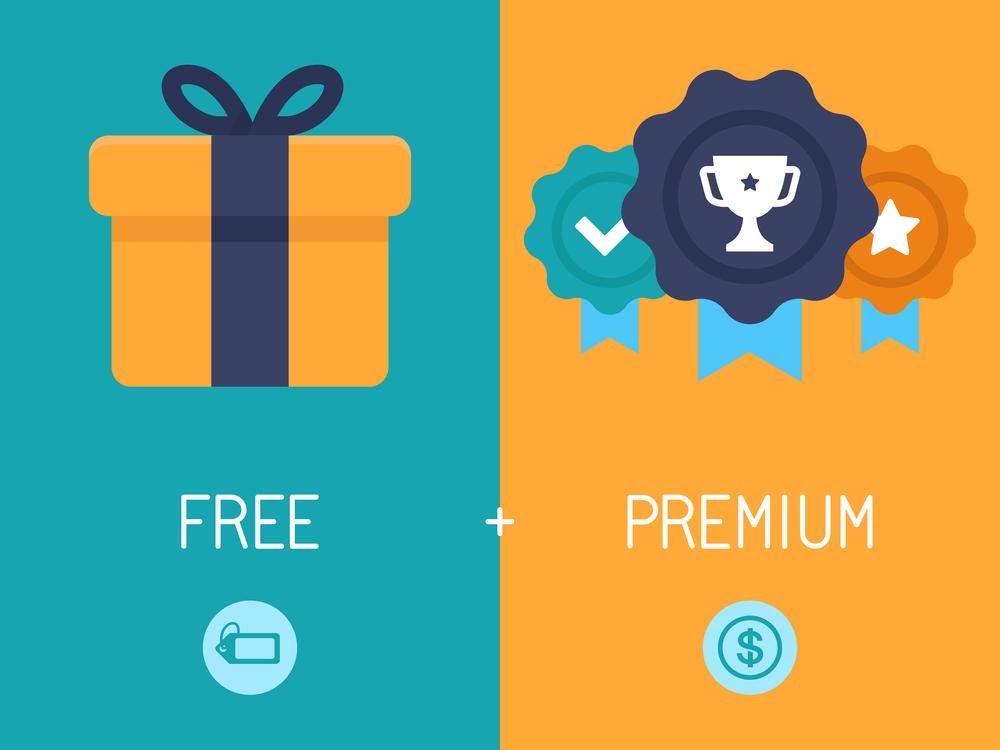How to Do SEO for Ecommerce Websites: Techniques, Tools, & Best Practices
If you’re opening an ecommerce store, chances are you are an expert on the commerce end of things. Now you need to figure out how to bring visitors to your site. That’s where search engine optimization (SEO) comes in.
If you’re trying to learn how to do SEO for an ecommerce website, you are not alone. You need SEO to be successful in ecommerce. It’s critical to the visibility of your store.
In this article, we’ll cover the basic SEO techniques for ecommerce websites. You’ll learn ecommerce best practices for SEO, as well as important tools and ecommerce SEO tips to try.
What Is Ecommerce SEO?
Ecommerce SEO is the process of making your website more visible to search engines. When people search for your products on Google, you want your website to show up. This brings in more traffic to your store, and potentially more sales.
There are different techniques within ecommerce SEO — like link building, keyword optimization, and more. All of these serve to drive traffic to your website.
9 Ecommerce Optimization Tips for Fast & Effective Sites >>
Larger companies have in-house SEO specialists or can outsource their content. Smaller businesses have to prioritize cost efficiency and often take a DIY approach. Even if you know what SEO is, you may not fully realize why SEO is important for ecommerce.
Why is SEO Important for Ecommerce?
SEO is critical to ecommerce. When potential customers Google a product, they land on SERPs (Search Engine Results Pages). Without optimized SEO, your website falls low in ranking. If customers can’t find your website, they can’t buy your products.
Think about it this way: If you were walking into a mall, are there more people shopping at the big store up front or the booth near bathrooms? Think of ecommerce SEO as getting your store prime real estate in the mall.
How to Do SEO for Ecommerce Websites
Trying to figure out how to do SEO for ecommerce websites can be tricky if you aren’t familiar with the tools and techniques used to make your website friendly to search engines. Here are the key areas to focus on.
Page Structure
If your website is difficult to navigate, potential customers aren’t the only ones having a poor experience. Search engines will also have a hard time indexing your website.
Having the right structure makes a big difference when it comes to optimizing your ecommerce website. Here are some ecommerce SEO tips to keep in mind when structuring your site to ensure you are maximizing its visibility in the SERPs.
Try Silo Structure
After you make decisions on themes, you need to think about how you will organize your pages. The basic structure that works best contains a home page, subcategories, and product pages. This is known as “silo structure.”
Similar content should be grouped together because it will be easier for visitors and search engines to find. If you are a bakery, a silo structure might have one main page and three category pages such as cakes, pies, and cookies.
From there, you’ll have more specific product pages that are grouped under the more specific categories. For cakes, this might be sheet cakes, cheesecakes, decorated cakes, etc. You should have some terminal pages like a contact page or an “About” page that tells your story too.
Focus on Navigation
You should never be more than three clicks from your home page. The harder it is to navigate back home, the more likely it is a visitor will have a poor experience. The same is true for Google, Bing, and other search engines.
Top 7 Ecommerce Website Features: What Customers Want in an Ecommerce Site >>
The larger your website and the more pages it has, the longer it takes search engines to “crawl” through. Having an optimized structure that lacks “orphans” (unlinked pages that do not redirect anywhere else on your website) is both user and search engine friendly.
Keyword Optimization
Knowing your audience and what they’re searching for is key to planning a great SEO strategy for ecommerce. Keywords are what potential customers type into search engines, so ensuring your website has the right ones is vital to how you do SEO for ecommerce.
Here are some keyword considerations for optimizing your site with SEO.
Use Keyword Research Tools
Start out by doing research on what keywords are best for your product. Tools like SEMrush, Ahrefs, or Similarweb are great for finding high-volume keywords. Once you are established, you can utilize features within some of those tools to track keyword performance.
Target Keywords Across Your Site
Put keywords in your content like blogs, but don’t forget to put them in your URLs, in image file names, and in your meta tags and titles too.
Most importantly, make sure you continue generating keyword rich content full of the different types of keywords: short tail, long tail, and latent semantic indexing (LSI) keywords. Here are some examples.
| Type of Keyword | Example Keyword |
| Short Tail | pants |
| Long Tail | dressy black pants for work |
| Latent semantic indexing (LSI) | business attire |
Content Marketing for SEO
The more content you have, the more opportunities you’re giving search engines to find you. Search engines can still find ecommerce websites that are just stores — but they have a harder time ranking well.
If you are looking for ways to do SEO for ecommerce sites, try optimizing your existing content. Here are some ecommerce SEO tips and best practices.
Utilize Blog Best Practices for SEO
Blogs and other non-commerce content should be between 1400-1700 words. Page rankings change all the time, but most recent studies show that blogs in that range get shared the most.
Infuse SEO Into Product Descriptions
Product descriptions and short form content should be significantly shorter. Depending on your needs, anywhere from 50 to 250 words may be appropriate for this type of content. Keep your tone and voice consistent.
Publish New Content Frequently
Another SEO technique for ecommerce websites: update frequently. Creating fresh, new, and consistently updated content keeps your website constantly in the sights of search engine eyes. It also gives your website visitors reasons to keep coming back.
SEO Trends in 2021: The Future of SEO, What Matters Most and Why
Staying up to date doesn’t just keep your customers engaged; regular updating with high-quality content can help build domain authority which increases your website’s ranking. Inviting guest bloggers is a great way to keep content fresh and engaging as well. Do not ignore social media either — this can be a great way to promote and share your content.
Link Building
If domain authority is a resume for your ecommerce website, think of link building as getting great references. Link building is the SEO technique of getting other websites to direct traffic back to your website through hyperlinks. It takes work, but there are many ways to get this done.
Start With Your Partners
Backlinks from partners and affiliates are an easy way to build links. Check periodically to ensure there are no broken links. Two way traffic helps both parties. This is why inviting guest bloggers is an easy way to both generate more content and build domain authority. Associations and sponsorships where your logo would go are another venue to seek backlinks.
Get Links From Social Media
Another SEO technique for ecommerce websites is to utilize social media. Sharing is important! When linked content is passed around, it points back to you. The more you can drive traffic to your site organically, the better. Another option is to research your industry and check in with bloggers or influencers to have them add you to “Top 10” lists and other listicle mentions.
Watch for Mentions
Using features like SEMrush’s Brand Monitoring Tool enables you to check where your company is mentioned but not linked back to. Reach out and ask for a backlink.
Increasing Site Speed
You can have great products in your ecommerce store, but a slow website is still a slow website. And that’s a problem. Fortunately, there are a number of things you can do to increase your site speed after running a basic speed test, Here are some things you can do to reduce latency and boost speed.
Strategize Your Plugins
Picking better plugins is just as important as having great code. With WordPress having thousands of plugins available, sometimes it’s hard to figure out just what to choose. If you are unsure about any, there are tools online you can use to check the quality of the plugin.
Utilize Caching Plugins
Ever notice that some sites load way faster after you’ve been to them already? That’s because of caching. Caching stores resources like your logo, images, and stylesheets to help websites load faster. The longer a webpage takes to load, the more the user experience (UX) declines. We recommend compressing images, site content, and utilizing the Cache Enabler and Jetpack plugins.
Eliminate Broken Links
Running your site through a tool like Screaming Frog or using a plugin like Broken Link Checker can help you find broken links. Not only do those slow down your site, but this lets you know where you need to create redirects. Keep in mind, you should limit your redirects. Search engines and customers alike just want to get through to your site.
PHP Performance
If you’ve ever gotten an email for a limited time sale and logged on only to see an error at checkout, that’s due to not having enough PHP workers. The single most important factor in increasing speed is always the capacity of your store to handle traffic.
Dynamic managed hosting enables you to serve more users at the same time. In contrast to static sites like blogs, ecommerce sites have to worry about concurrent users because of the multiple processes involved like adding items to carts, checking out, and processing payments.
This is where performance and scalability make a difference. If you have a website bogged down by buggy plugins and content taking forever to load, a boost in traffic can overload your website temporarily. A downed site costs you customers and, ultimately, lost revenue.
Bottom Line
Utilizing SEO for ecommerce websites is critical to your store’s success. However, if your site isn’t hosted on a server with top-notch performance and speed, all the work you put into SEO will still not help you.
That’s why it’s essential to power your ecommerce store with optimized hosting.
For example, with Hostdedi fully managed WooCommerce hosting, you’ll get a fast, high-performing store. With instant auto scaling, visual comparisons, plus automatic plugin and platform updates built-in, your ecommerce site will load ultra fast.
Better is Built In with fully managed hosting from Hostdedi. Try it free for 14 days.

